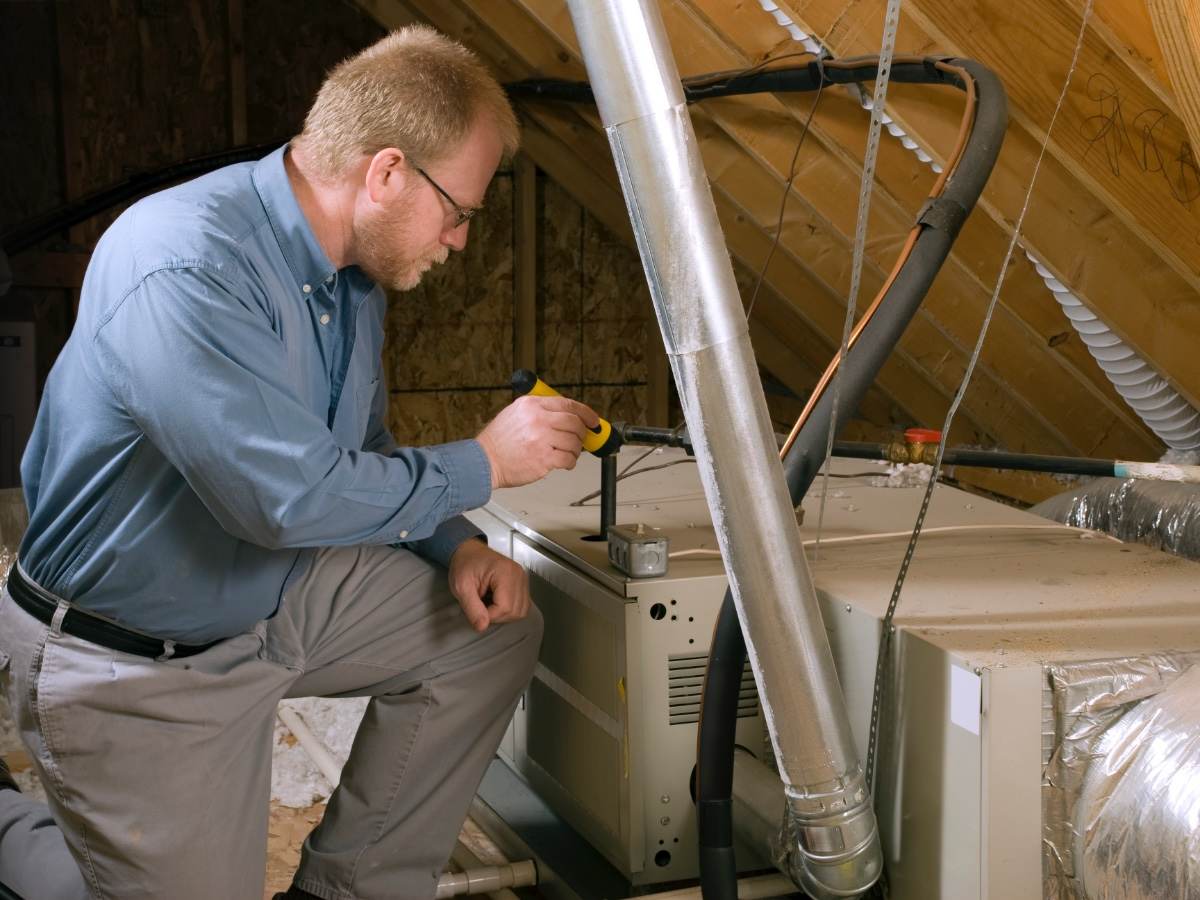November 17, 2020
UL 1738, Venting Systems for Gas-Burning Appliances, Categories II, III, and IV, and ULC-S636, Standard for Type BH Gas Venting Systems, cover vents in the USA and Canada for a subset of gas-fired products where flue gas temperatures are typically reduced. Energy conservation initiatives and principles intended to make more efficient use of resources require that certain gas-fired appliances operate with unique venting materials that are more resistant to corrosion and degradation. The unique conditions created by these products are the basis for two UL standards, intended to ensure that combustion gases, which may include carbon monoxide, are safely expelled to the outdoors. Both of these standards are acknowledged in the codes of their respective countries. This article provides a brief overview of UL 1738 and ULC-S636 venting (and special gas venting) and some of the unique considerations that are needed.
Using the Heat
When fuel gas is burned, heat is created along with combustion products and byproducts, including water vapor, carbon dioxide, and other gaseous compounds. To vent these to the outdoors, the most basic designs use varying portions of the heat generated to create a pressure difference between the flue gas and the ambient air, resulting in a draft with sufficient velocity to exhaust the combustion products through a vertical conduit. For chimneys and many types of vents the process is effective and ideally the flue gas is of sufficient temperature to ensure that the water remains in its vapor state.
However, if the purpose of creating heat is to generate steam, heat water, or heat some defined area, then there will always be interest in improving the combustion efficiency, ensuring that as much energy as possible is directed toward the primary function of the product. As heat is directed away from the flue, a loss of draft results, resulting in a reduced ability to direct gaseous combustion products away from the appliance, and/or allowing condensation of water vapor that might otherwise exhaust from the vent. The condensed water collects in the vent and can become acidic when mixed with air and combustion gases. Mitigation strategies include manufacturing vents with special materials to resist corrosion, or to provide fans or blowers to assist the draft, helping to force the combustion products outside.
These phenomena are understood, and manufacturers can design products with a compatible vent system that is suitable for their application. The corresponding table shows how products are separated into four categories based on vent pressure and expected flue gas temperatures, the latter being an indication of whether condensation is likely to form in the vent.
|
Appliance Category |
Positive Vent Static Pressure |
Condensation (Low Flue Temperature) ** |
|
Category I |
|
|
|
Category II |
|
X |
|
Category III * |
X |
|
|
Category IV * |
X |
X |
|
* Cat. III and IV vents must be gastight. ** Cat. II and IV vents must be corrosion resistant and watertight. |
Fuel Gas Codes Cover Reference UL 1738 and ULC-S636
Vent products used with efficient appliances and equipment are designed with these unique operating conditions in mind. Section 12.5 of NFPA 54/ANSI Z223.1, National Fuel Gas Code (NFGC) covers venting system types, including a table that directs users to appropriate vent types, based on applications and a variety of fuel types. Where nonmetallic pipe venting is appropriate, the Code acknowledges two possible choices. One option is for an appliance to be evaluated and listed for use with a specific vent material, with the manufacturer’s installation instructions identifying the specific pipe material to be used, as well as instructions for joining vent pipe sections together. The nonmetallic venting material must be labeled in accordance with the product standard specified by the appliance manufacturer (e.g., labeling as required by an ASTM standard). Alternatively, the venting system shall be listed and labeled in accordance with UL 1738, Venting Systems for Gas-Burning Appliances, Categories II, III, and IV. Per UL 1738, the materials and means for joining sections is evaluated by review and by test.
Vent materials for Category II, III, and IV appliances may also be manufactured of corrosion resistant metal, such as stainless steel, or possibly a metal overlaid with durable coating or plating. In the NFGC the term “special(-type) gas vents” is used to cover venting for Category II-IV appliances, whether manufactured of metallic or nonmetallic materials.
In Canada, there are many parallels. Sections 8.10 and 8.11 of the Natural Gas and Propane Installation Code, CSA B149.1, outline the gamut of venting options with a combination of requirements and a detailed table. ULC-S636, Standard for Type BH Gas Venting Systems, is the applicable Canadian UL standard for gas-burning, condensing appliance venting. Similar to the USA, venting for Category II-IV appliances can be Type BH venting that is listed to ULC-S636. Type BH a is venting designation that is unique to the Canadian market. As an alternative to ULC-S636, a special gas vent that is tested for conformity with the appliance may be either provided with the appliance or specified by the manufacturer.
More About UL
For more than a century, UL has been one of the most recognized and trusted resources for Ventilation product safety testing, certification and information. Choosing to work with UL says something important about your own commitment to the highest levels of safety and quality. No other compliance organization speaks with more authority and integrity or can add more value to your brand. When your success is at stake, leave nothing to chance—put UL’s vast expertise, thoroughness, broad capabilities, widespread acceptance and world-class reputation to work for you.
Get connected with our sales team
Thanks for your interest in our products and services. Let's collect some information so we can connect you with the right person.

